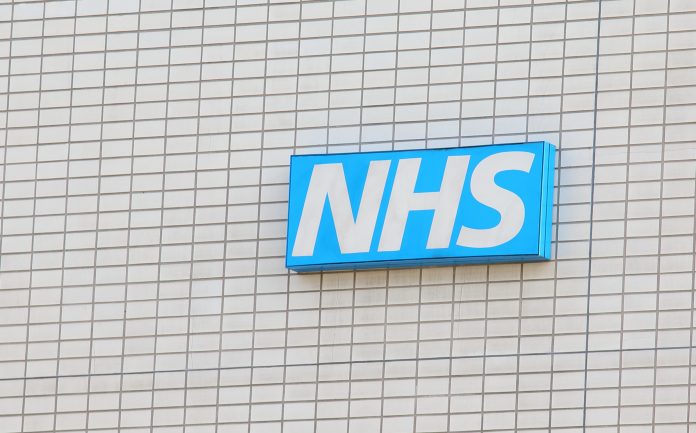Andy Smallwood, Assistant Director of Procurement at NHS Wales Shared Services Partnership, discusses NHS procurement challenges and solutions that could help
NHS procurement teams face a wide range of challenges. In recent years, these have been amplified by the far-reaching impacts of the COVID-19 pandemic, rising levels of inflation, and ongoing workforce pressures. From identifying cost-saving opportunities to reducing the NHS’s environmental impact through our purchasing decisions, we can only enhance our procurement processes by using data effectively and implementing innovative technology solutions to support us.
Procurement frameworks in the NHS: The GP Futures Framework
Identifying challenges in procurement
Having worked in NHS procurement for over 25 years, one of the biggest challenges I have repeatedly faced is the lack of access to consistent and transparent data within complicated procurement systems. Data visibility hinders our ability to identify cost-saving opportunities – an essential part of procurement in all walks of life. The challenge is even greater when data is spread across multiple systems and teams, which many procurement teams in England will be aware of, given the ongoing transition to integrated care.
The move to integrated care has left some regional procurement leads with less visibility and control over procurement spending data and analytics, with more data to manage across multiple sites within a region. In Wales, we have been operating in an integrated way through the NHS Wales Shared Services Partnership, which ensures the right products, provisions, and services are sourced and supplied efficiently and at the right price across the country. This has only been made possible through the emergence of advanced analytics and solutions, which have improved our data quality and visibility considerably.
Enabling better decision making in Wales
To help our procurement team deal with the vast amounts of data being collected and managed across each care setting in Wales, we implemented AdviseInc’s Procurement Dashboard, now known as the AdviseInc Platform. The platform provides us with complete oversight of catalogues and procurement data across the country while enabling us to add more detailed classification to spend, including all the major clinical categories.
By working with AdviseInc, who acts as an extension of our team, we now have the ability to cleanse our data, compare this data with areas outside of Wales, and have visibility of greater savings and richer information as a result.
AdviseInc also provides us with valuable analytical support, meaning that instead of analysing rafts of procurement data and manually searching for cost-saving opportunities, our team has more time to focus on other key areas of procurement. For example, we can now dedicate more time to consider how our procurement decisions align with objectives set out in the Future Generations Act. This was introduced in 2015 to ensure public bodies in Wales think about the long-term impact of their decisions and work collaboratively to prevent persistent problems such as poverty, health inequalities, and climate change.
Using data analytics to improve safety and accuracy
For NHS procurement teams, environmental considerations should be made with every purchasing decision. Along with buying fewer overseas products and reducing the number of single-use plastics across the NHS, we need to spend more time innovating and contributing towards green initiatives.
Safety is a top priority for all NHS staff, from clinical staff and administration to procurement. In 2016, the Scan4Safety programme was introduced across England and Wales to ensure all products are labelled according to GS1 standards with a Global Trade Item Number (GTIN). This safety system is being implemented nationwide to improve patient safety, product traceability, operational productivity, and supply chain efficiency.
Across Wales, we are now identifying hundreds of thousands of product barcodes and collecting as much information on these products as possible. So far, we have identified more than 170,000 products with barcode information and shared these with AdviseInc, who can validate these barcodes, resulting in richer data. The AdviseInc team can then give a confidence rating for these codes to indicate if the data is reliable, as sometimes suppliers provide inaccurate product codes.
The added benefit of being able to check these codes against existing data adds another level of safety for patients, as stock can be recalled through the GTIN number, which is also linked to patient records.
As always, in procurement, we aim to ensure products come from the correct supplier. Through the AdviseInc Platform, we can check GTIN numbers, further adding another layer of accuracy. Looking to the future, our teams are working on an inventory model that will act as a ‘one-stop-shop’ for data analytics. This model will allow users to see what stock is available, who bought it, and when.
The use of data to make informed decisions
We now have more time to collaborate with our clinical staff, using our data to inform and guide procurement decisions. By bringing our procurement team and clinicians together, we can find solutions that work for everyone.
Procurement teams have many challenges, but we can use technology to make things easier and more efficient. Doing so allows us to identify cost savings, support green initiatives, and generate genuine value through procurement decision-making for patients and staff. The future of procurement is transparent and data-driven.














